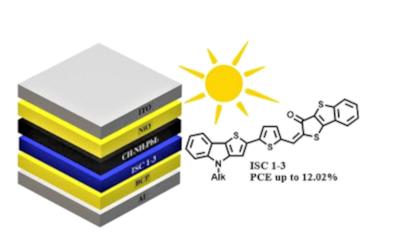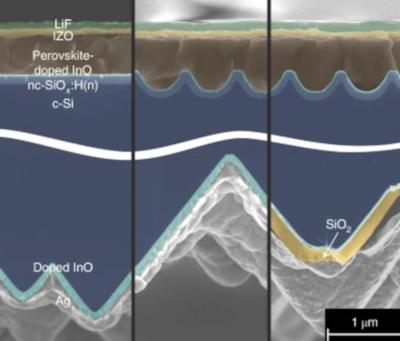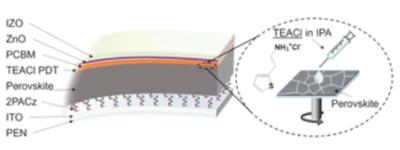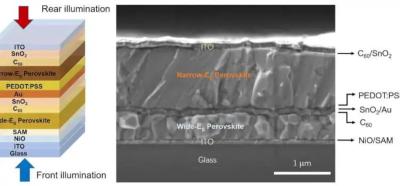Researchers propose new material for perovskite solar cells
Scientists from the Ural Federal University (UrFU) and the Institute of Organic Synthesis of the Ural Branch of the Russian Academy of Sciences (along with their colleagues) have proposed a new type of material for transporting electrons in perovskite solar cells, which has a number of advantages.
The team reported that with the new material, they were able to achieve solar energy conversion efficiency of 12%. "The family of molecules we found carries electrons in PSCs slightly worse than the fullerenes used today, but they are about twice as cheap, much easier to produce, and have a number of other technological advantages," says Gennady Rusinov, associate professor at the Department of Organic Synthesis Technology of UrFU.





